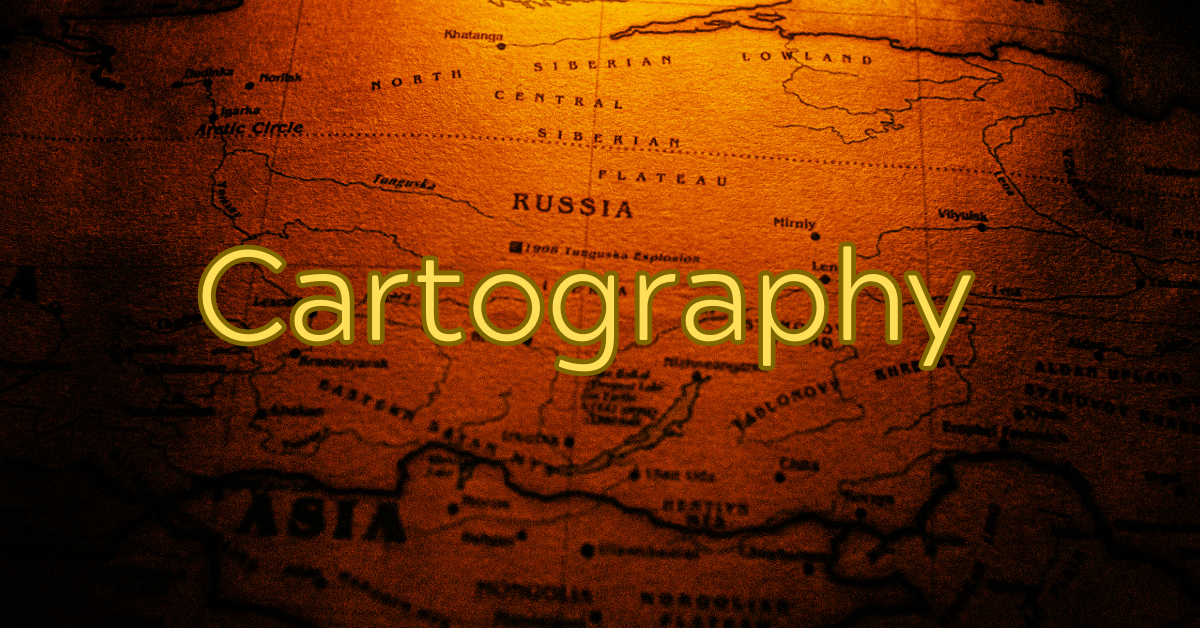Introduction
Cartography, the art and science of mapmaking, has played a pivotal role in human history for centuries. From ancient explorations to modern navigation systems, maps have served as indispensable tools for understanding and visualizing our world. But behind every well-designed map lies a combination of meticulous techniques and carefully chosen elements. In this article, we will explore the fundamental techniques and key elements that contribute to effective and visually compelling maps.
- Scale and Projection: One of the fundamental considerations in cartography is scale. Scale determines the relationship between distances on a map and the corresponding real-world measurements. Maps can be large-scale, providing intricate details of a small area, or small-scale, representing vast regions. Additionally, choosing the appropriate map projection is crucial as it determines how the three-dimensional Earth is transformed onto a two-dimensional surface. Common projections include Mercator, Robinson, and Gall-Peters, each with its own advantages and distortions.
- Symbols and Icons: Symbols and icons are essential elements that communicate various features on a map. These graphical representations provide instant recognition and facilitate easy interpretation. For example, a star symbol might represent a capital city, while different colors or patterns can signify diverse land use or vegetation types. Consistency and clarity in symbol design are crucial to ensure intuitive comprehension for map users.
- Typography and Labels: Clear and legible typography is crucial for map readability. Labels play a vital role in identifying geographical features such as cities, rivers, and mountains. Choosing appropriate fonts, font sizes, and hierarchy helps guide the viewer’s attention and aids in understanding the map’s content. Strategic placement of labels and thoughtful consideration of their size relative to the features they represent are key aspects of map typography.
- Colors and Shading: Color selection and shading techniques greatly impact the visual appeal and readability of a map. Different colors can be used to represent various landforms, water bodies, and elevation levels. Shading techniques such as contour lines or hillshading can provide depth and three-dimensionality, aiding in understanding topography. Careful attention to color contrast and harmonious color palettes ensures that the map remains visually balanced and accessible.
- Generalization and Simplification: In cartography, generalization refers to the process of simplifying and abstracting complex real-world features to fit them onto a map. This technique involves prioritizing essential information while removing excessive detail that may clutter the map. Generalization is crucial for maintaining map legibility, especially in small-scale representations, without compromising the map’s overall accuracy and purpose.
- Cartographic Elements: Beyond the visual aspects, cartographic elements play a vital role in enhancing map usability. These elements include a title, legend, scale bar, and north arrow, among others. The title provides a concise description of the map’s subject, while the legend clarifies the meaning of symbols and colors used. The scale bar helps users estimate distances accurately, and the north arrow orients the map to true north, aiding in navigation.
Cartography is a blend of science, artistry, and technical skill, allowing us to visually represent and comprehend our complex world. By employing various techniques and carefully selecting the right elements, cartographers create maps that are both informative and visually appealing. From scale and projection to symbols and colors, each decision contributes to the overall effectiveness and usability of the map. By understanding these techniques and elements, we can gain a deeper appreciation for the art of cartography and the powerful role it plays in our understanding of geography.
Remember, behind every map lies a wealth of information waiting to be discovered, and it is the skillful application of cartographic techniques that brings this knowledge to life.

